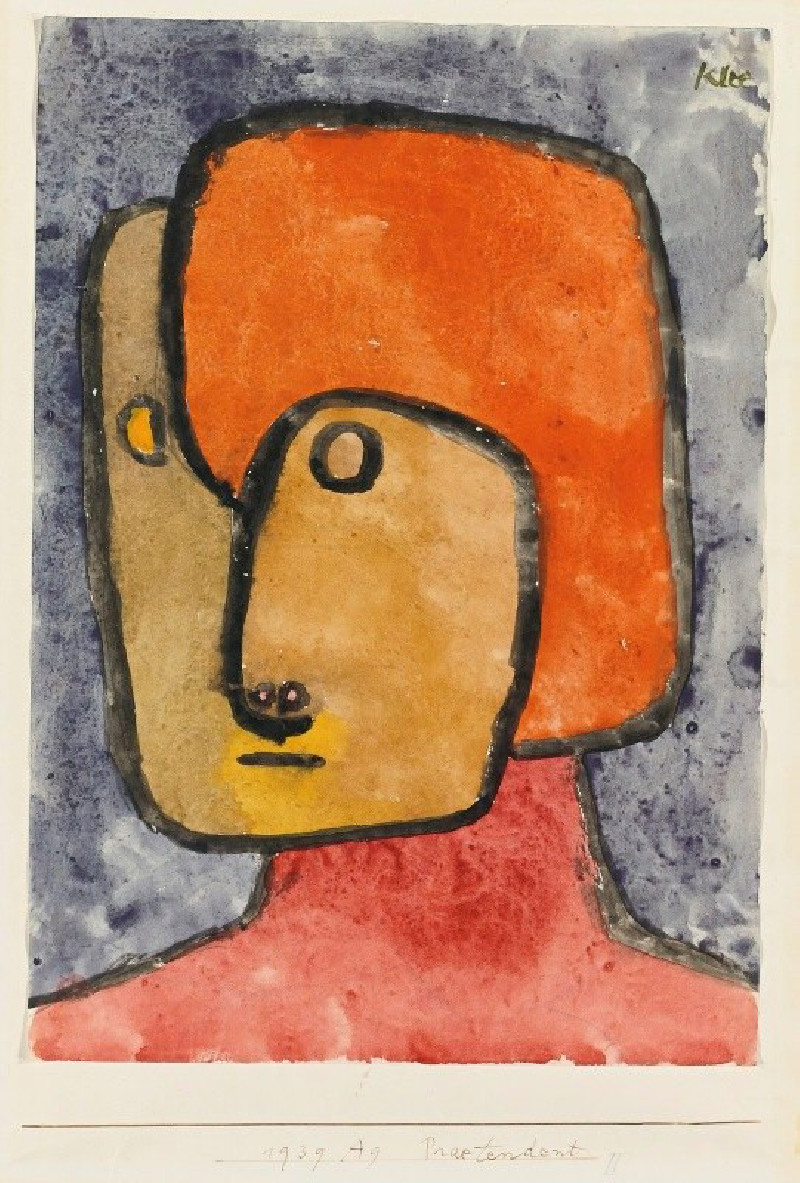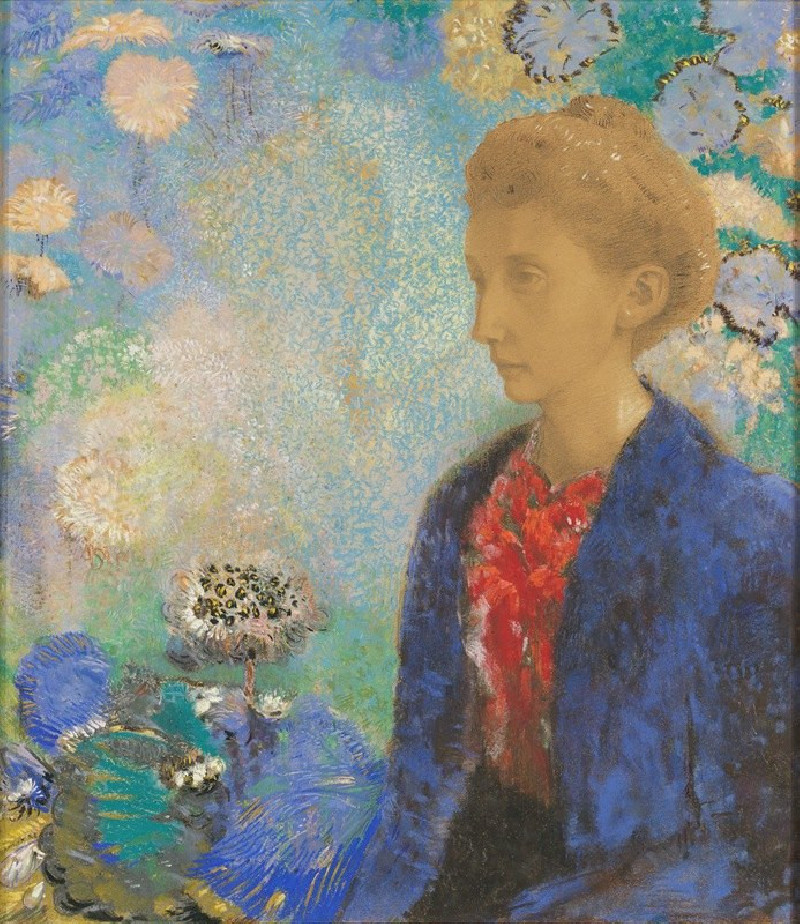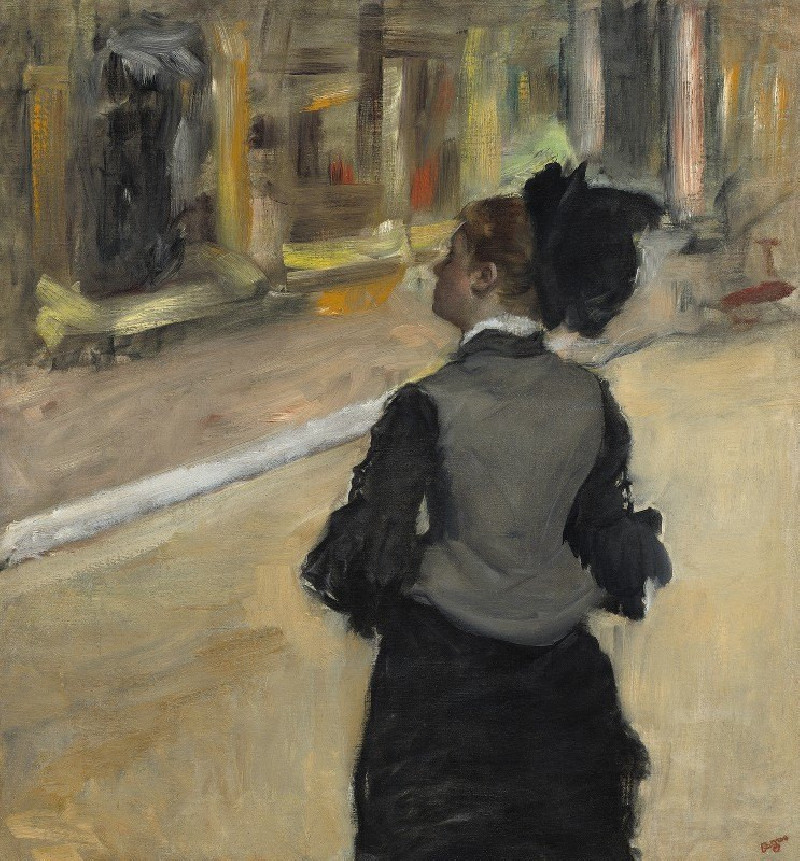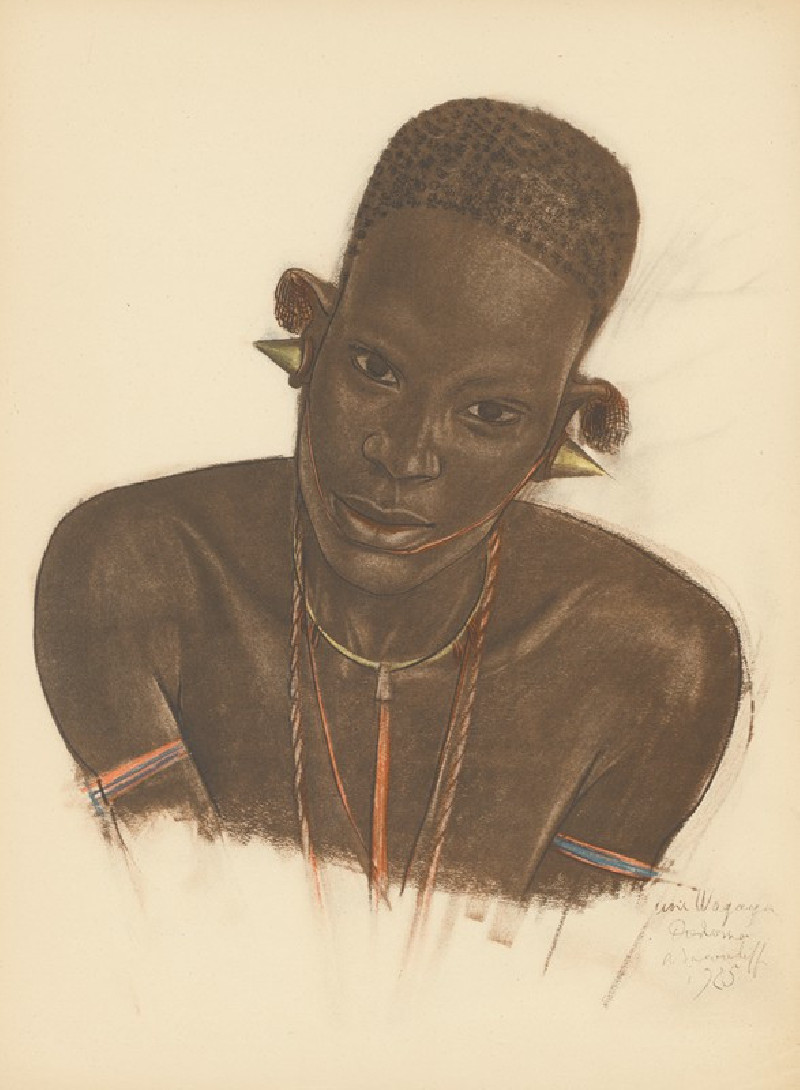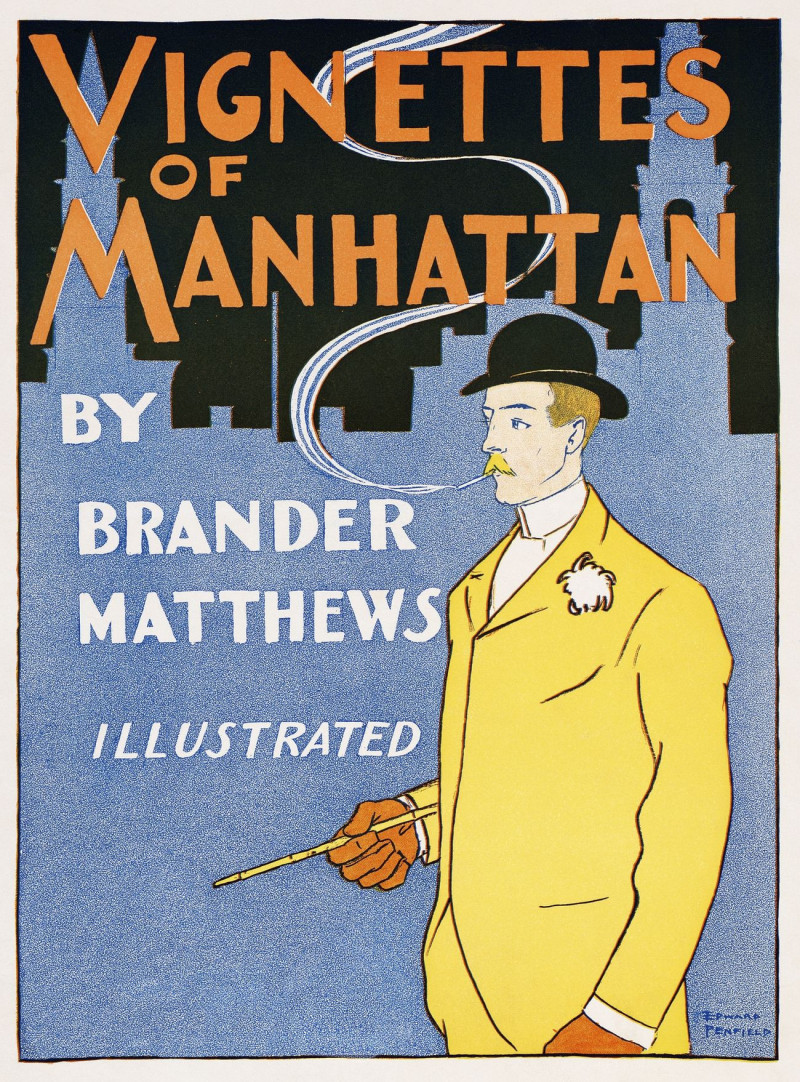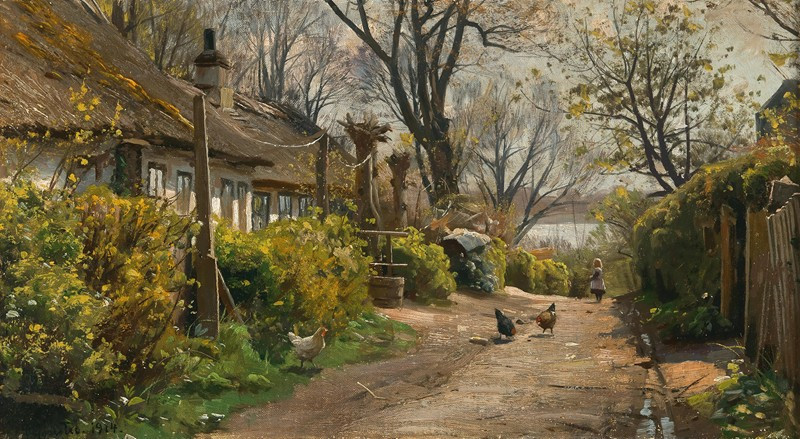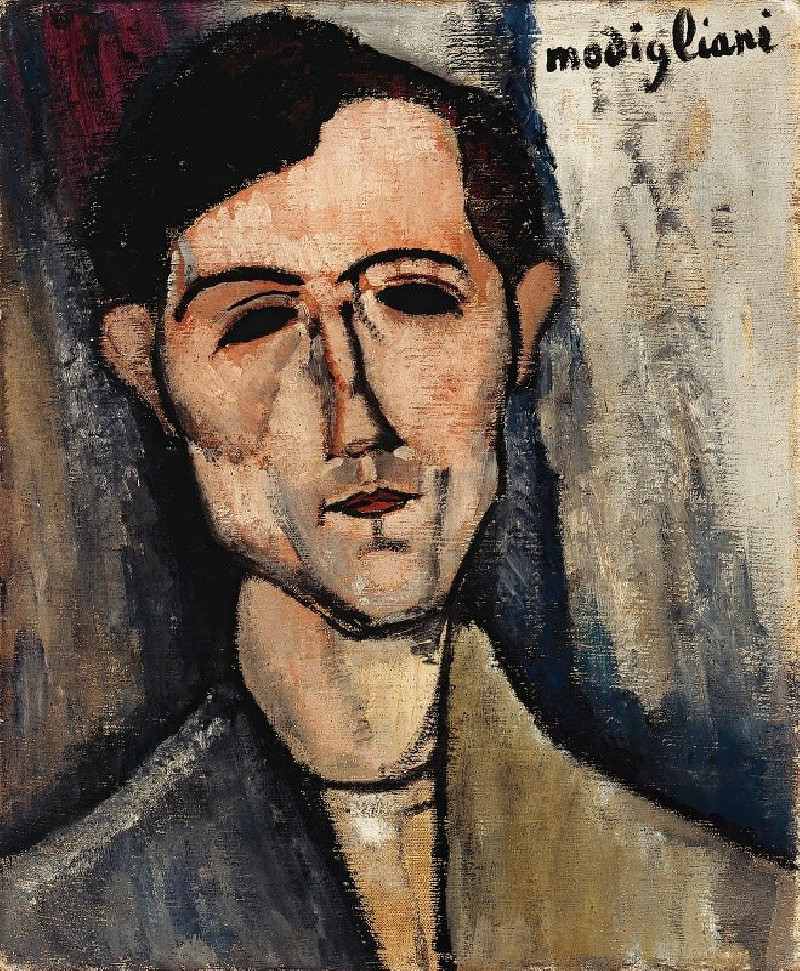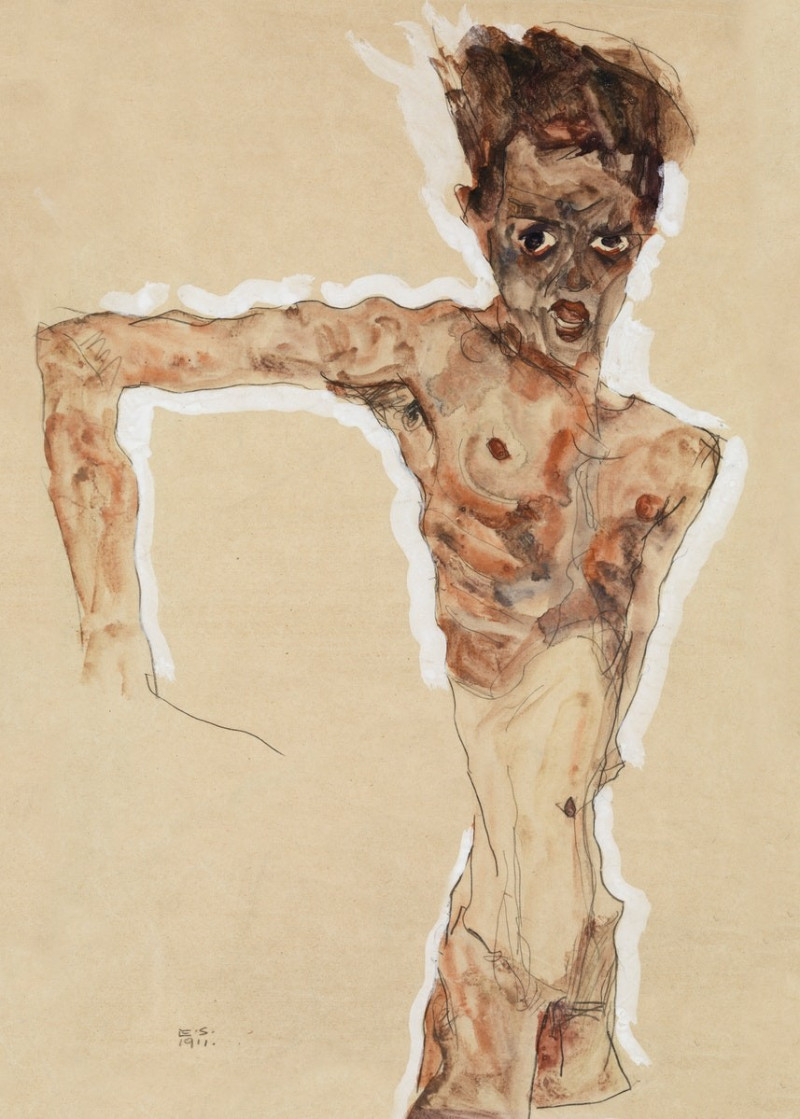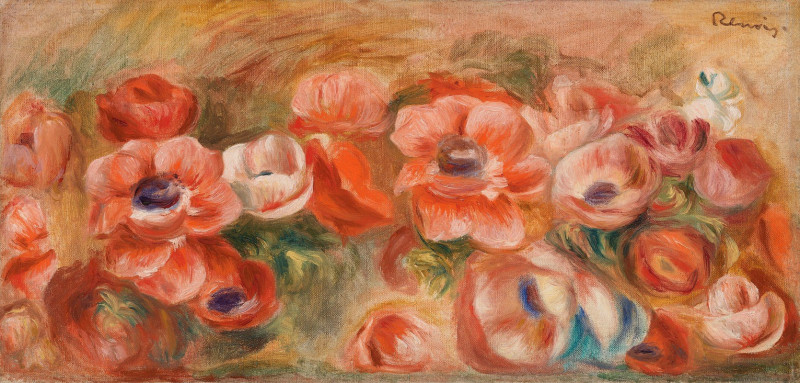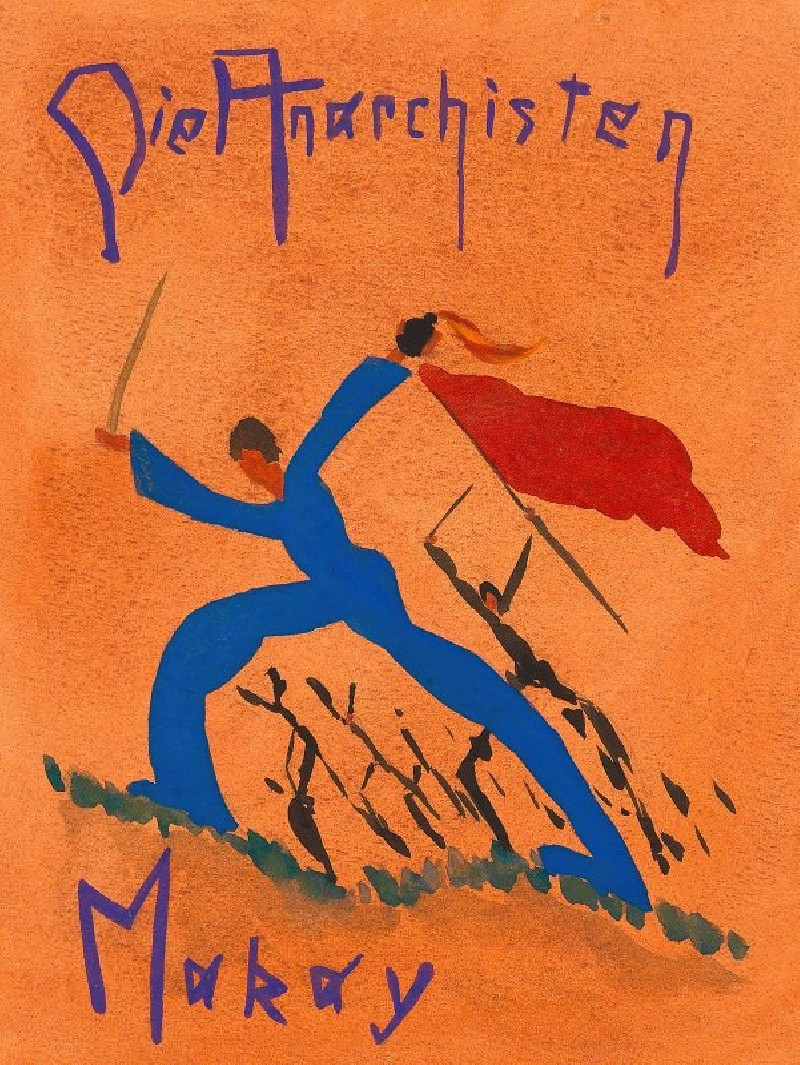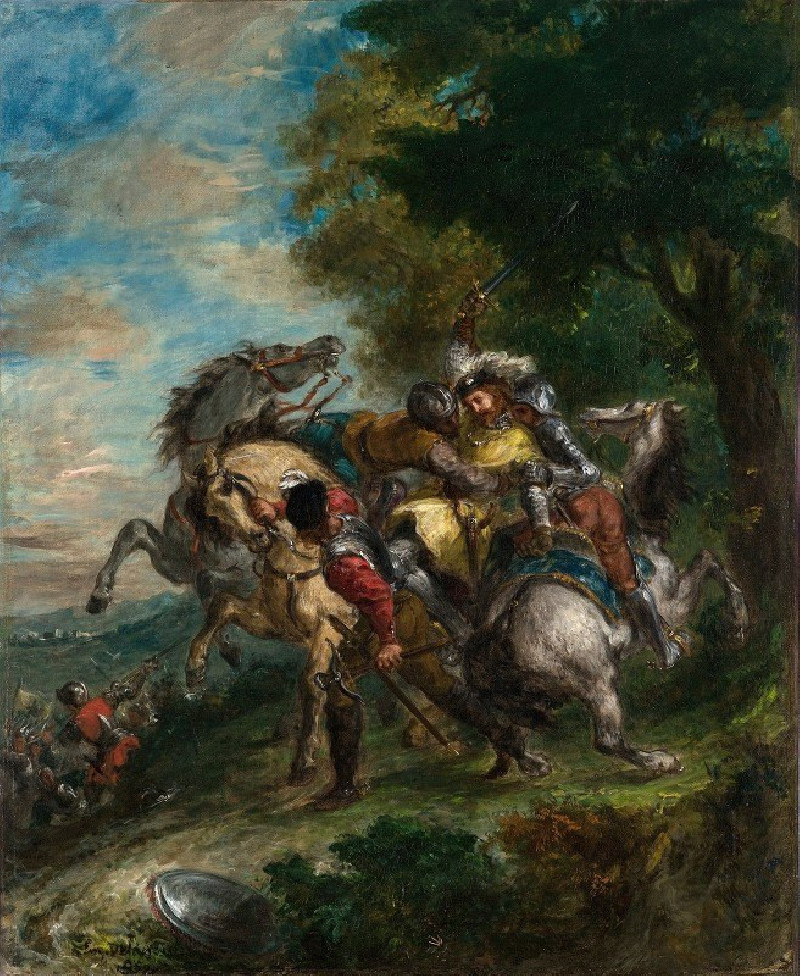Praetendent (Pretender) (1939)
Technique: Giclée quality print
Recommended by our customers
More about this artwork
Paul Klee’s vibrant and enigmatic painting, “Praetendent (Pretender),” crafted in 1939, showcases the artist's signature blend of abstraction and surrealism. This intriguing piece features the depiction of a stylized head, characterized by an asymmetrical, almost puzzle-like construction. The face is divided into bold swatches of color with deep oranges and stark contrasts against shades of blue and gray, hinting at a complex personality or identity hidden beneath the surface.The foreground of the painting is dominated by the head of the figure, which is oriented slightly to the side as though caught in mid-gaze or contemplation. The use of geometric shapes and the abstract rendering of the eyes, nose, and a subtly outlined mouth, each placed unconventionally, challenge traditional perceptions of portraiture. This artwork could be perceived as exploring themes of identity, perception, and the facade one might present to the outside world—hence the title “Pretender.”Klee’s mastery in utilizing color to evoke emotion and depth is evident in the red tones imbued with a sense of boldness, possibly suggesting the character’s hidden desires or passions. The surrounding cooler tones provide a stark backdrop, making the reds and oranges pop, as if highlighting the internal struggle within the character.“Praetendent (Pretender)” is a testament to Paul Klee’s innovative approach to art, where each element is charged with meaning and invites viewers to delve into a narrative that is as open to interpretation as it is visually captivating.
Delivery
Returns
Paul Klee was a Swiss-born German artist. His highly individual style was influenced by movements in art that included expressionism, cubism, and surrealism. Klee was a natural draftsman who experimented with and eventually deeply explored color theory, writing about it extensively; his lectures Writings on Form and Design Theory (Schriften zur Form und Gestaltungslehre), published in English as the Paul Klee Notebooks, are held to be as important for modern art as Leonardo da Vinci's A Treatise on Painting for the Renaissance.

